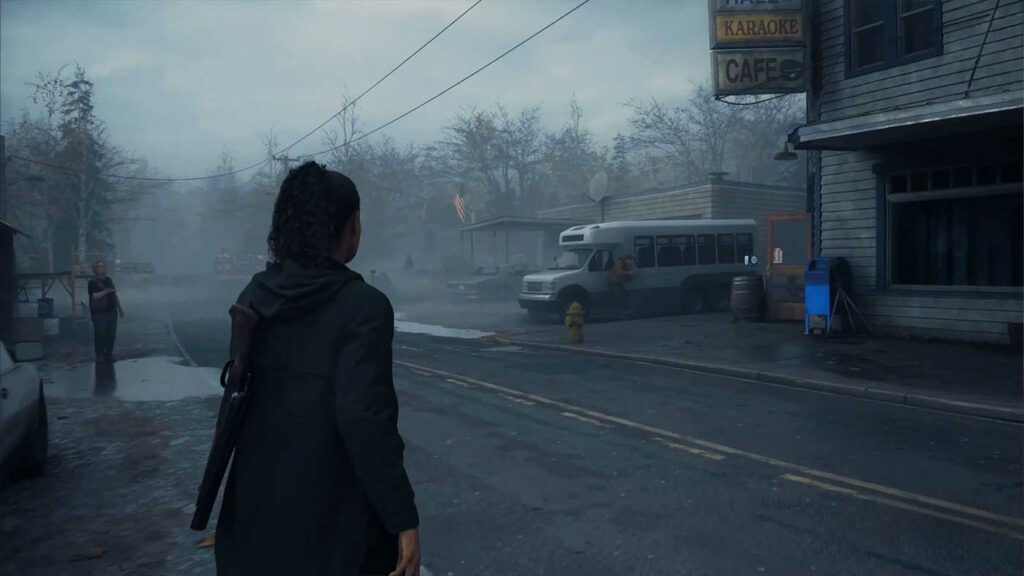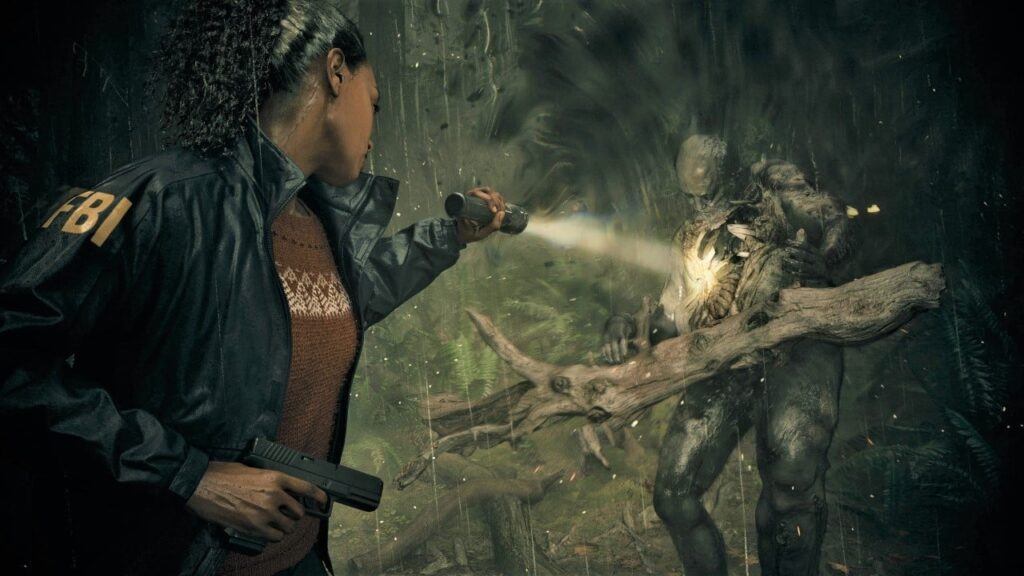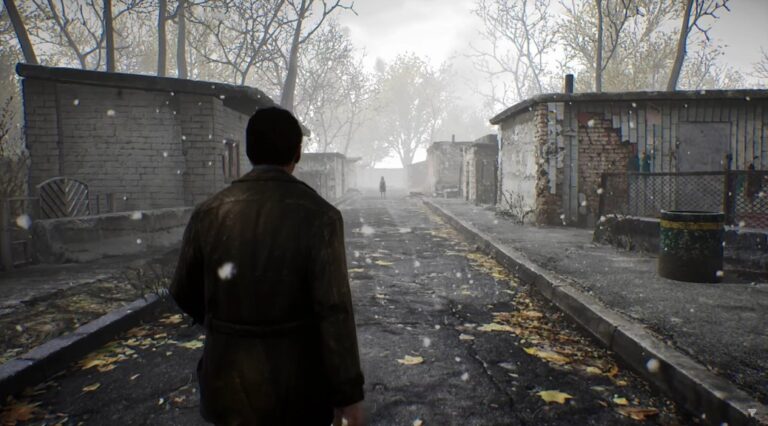In Alan Wake 2, players encounter a unique forest tunnel adorned with murals that guide them out by changing when they turn around. This concept is deeply rooted in Finnish folklore, specifically “metsänpeitto,” or “the forest’s cover,” which permeates the game’s design.
Metsänpeitto is a term in Finnish folklore that refers to the belief that the forest could hide or imprison people or domestic animals, such as cows or horses so that they could not escape and would be invisible to people who went in search of them.
Roots in Finnish Folklore
Metsänpeitto involves forest spirits tricking people into becoming lost and invisible, making familiar places unrecognizable and creating an eerie, inverted space devoid of natural sounds. To escape, the player character must perform rituals, like peering through the knotted roots of a tree or using specific rhymes to break the spell.
Although Alan Wake 2 doesn’t recreate metsänpeitto literally, it incorporates elements of this folklore into its gameplay and environment. The interdimensional areas of The Dark Place are inspired by this idea of traversing parallel spaces through dream logic and rituals. These are also the areas where characters Alan and Saga first meet each other.
The game’s puzzles and environmental changes reflect this influence, creating a sense of different realities touching our own. Much like the folklore’s description of being lost in an enchanted forest, players must navigate through otherworldly and disorienting areas.
A Forest of Night
Lead writer Clay Murphy notes that while there is no direct English equivalent to metsänpeitto, the concept of being wary of the woods is universal, with American folklore often featuring monsters lurking in forests. The game’s design, including its choice of trees and forest settings, draws on both Finnish and Pacific Northwest influences.
For example, the birch trees in Watery evoke Finnish folklore, while the Douglas firs and vine maples in Cauldron Lake create a sense of primordial, threatening forests. The attention to detail in the foliage and environment design helps to immerse players in a world that feels both magical and menacing.
The Dark Place, in particular, serves as a lumpishly postmodern forest of words, reflecting Remedy’s long-standing influences from Stephen King and Twin Peaks. Here, players encounter puzzles that require them to play out macabre fairytales by arranging dolls or using light shifters to alter the environment.
These elements draw directly from the concept of metsänpeitto, where reality is fluid and can change based on one’s actions and perceptions. The game’s designers have skillfully blended these folkloric elements with modern horror tropes to create a uniquely unsettling atmosphere.
A Mixture of Mythologies
Alan Wake 2’s forests serve as a stark contrast to the open worlds of other games, which often prioritize visibility and accessibility. Instead, these forests are places of misdirection and enchantment, navigated through ritual-like tricks, offering a more immersive and mysterious experience. This design choice challenges players to think creatively and remain vigilant. The game’s haunting environment often obscures the path forward.
The game also explores the intersection of North American and Finnish mythology through its setting and narrative. For instance, trees that feel “primordial, threatening, and timeless define the murky shores of Cauldron Lake.” This area is heavy on Douglas firs, which have a reputation for weathering forest fires and are also heavily symbolic in the show Twin Peaks.
Alan Wake 2’s forest design, inspired by metsänpeitto and other cultural influences, creates a richly immersive and unsettling experience. By blending folklore with modern horror elements, the game offers a unique take on the haunted forest trope. It challenges players to navigate a world where reality is uncertain, and the way forward is unclear. This approach sets Alan Wake 2 apart from other games, offering a more enigmatic and captivating adventure.







